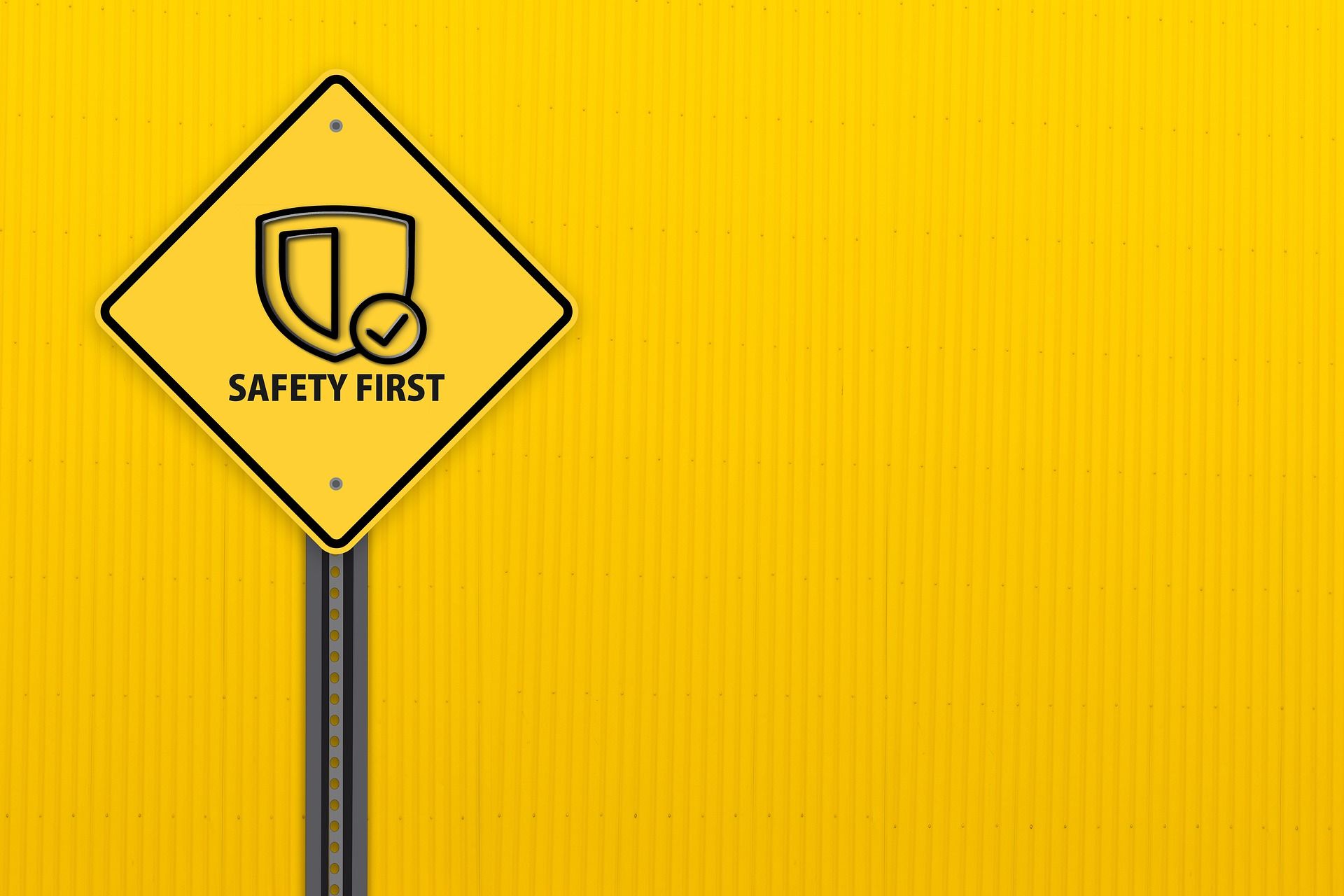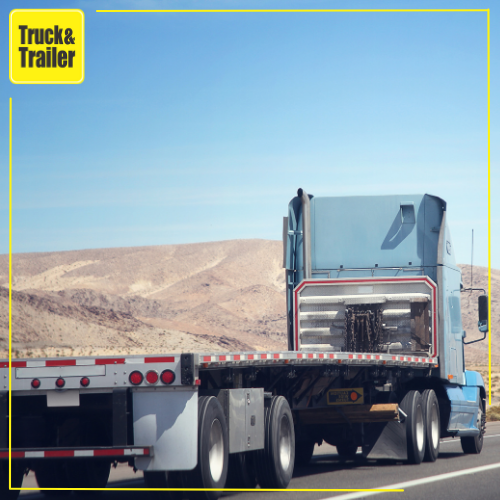Abnormal transport involves loads that exceed the legal limit in their mass and dimensions. Depending on the type of abnormal load that is being transported, there are certain regulations that must be adhered to, including escorts that are required to ensure the safety of other road users. Lowbed trailers and other equipment play an important role in the safe transportation of these loads.

Photo By Tama66 on Pixabay
What is abnormal transport?
Abnormal load refers to the transportation of goods that cannot be dismantled into units that are legally permitted to be on the road. The goods may have dimensions or a mass that exceeds the limit of the road laws. Section 81 of the NRTA specifies the conditions under which abnormal transport is permissible. These regulations state that if the movement of abnormal units is beneficial to the economy, these loads are eligible for an exemption permit.
Likewise, if the transportation of an abnormal load will advance the social interests of South Africans, an exemption permit may be granted. The permit allows the load onto public roads within a specified period and under certain conditions. These permits are only granted when there is no alternative method for the goods to reach their destination without violating road laws. Once the permit is obtained, abnormal load transport is permitted as long as there is no additional risk to other road users. Abnormal load transport takes place in the mining and construction industries. It is also common in plant and crane hire. To accomplish the transportation of heavy loads, drivers and drivers’ assistants are required. It’s also necessary to employ the services of escort drivers and yard assistants. Truck tractors and low bed trailers play a vital role in this industry.
Different types of loads that require abnormal transport
Abnormal transport can refer to loads that exceed the legal dimensions permissible on South African roads. The dimensions may exceed the length, width, height or wheelbase limitations. Likewise, the overhands and load projections may be over the legal limit resulting in an abnormal-load classification. Another reason for this classification is when the weight of the vehicle and load or the mass on each axle is more than the legal limits.
The length of a truck or semi-trailer cannot exceed 18.50 m while the length of a Superlink cannot be over 22m. The width must not be more than 2.70 m and the height restrictions are 4.30 m from the ground. The limit for a 13.50 m Tri-Axle is 28 tons while the limit for a 15 m Tri-Axle is 30 tons. Superlinks have a gross limit of 24 tons. If the load exceeds these restrictions, a permit must be obtained from the Transport and Public Works for each province that the load will travel through.
Improving the safety of abnormal load transport
The regulations of abnormal transport have been implemented to protect other road users. The risk of accidents is increased due to a variety of factors, such as decreased vision and increased traffic, which may be a consequence of abnormal loads on the road. Abnormal load transportation is not permitted during times of the year when the roads are busy. This includes long weekends as well as school holidays. Depending on the type of load additional equipment, such as lowbed trailers and step decks, may be required. Depending on the dimensions and mass of the load, a specified number of escorts and traffic officers are required during transportation.
The larger and heavier the load is, the stricter the regulations are. Escort vehicles are marked cars that protect the abnormal load and other road users by alerting motorists to the presence of an abnormal load on the road. The abnormal load driver usually has impaired visuals on the road because of large loads so the escort assists with the successful navigation to the final destination.
It may be necessary to use the services of consulting engineers for extra-large loads. It is also necessary to have insurance that covers damage to private or public property during the transportation of abnormal loads. The planned route must be suitable for abnormal transport and any bridges must be able to handle the load’s weight and dimensions. The load must be properly secured to avoid creating a dangerous hazard on the road.

Photo by Geralt on Pixabay
Now that you know more about abnormal transport, visit Truck & Trailer today to look at lowbed trailers today!




